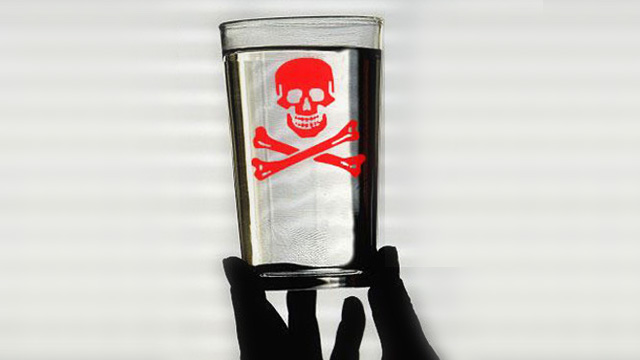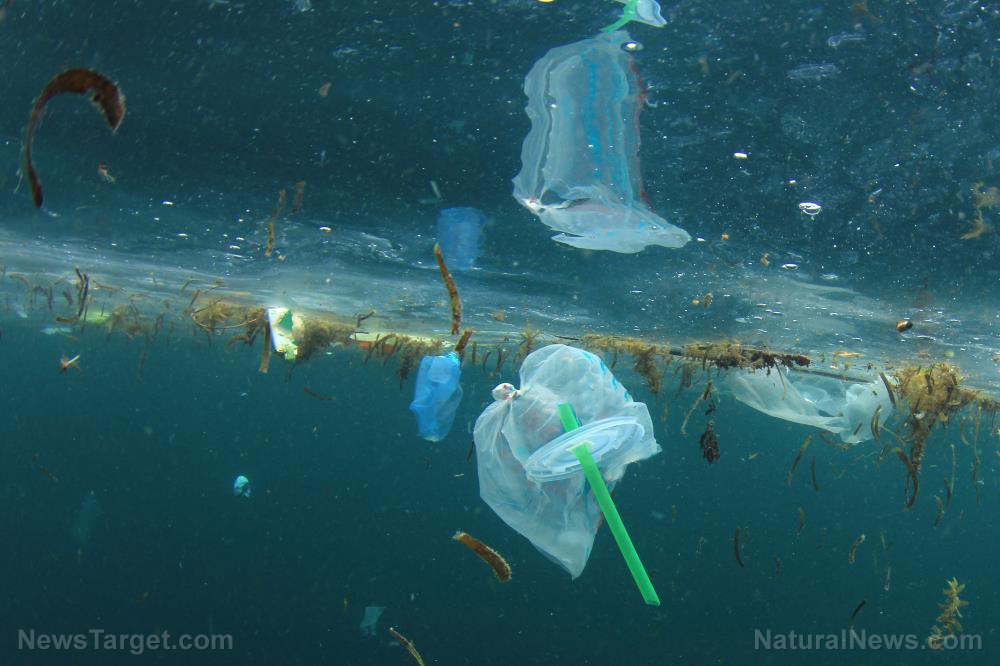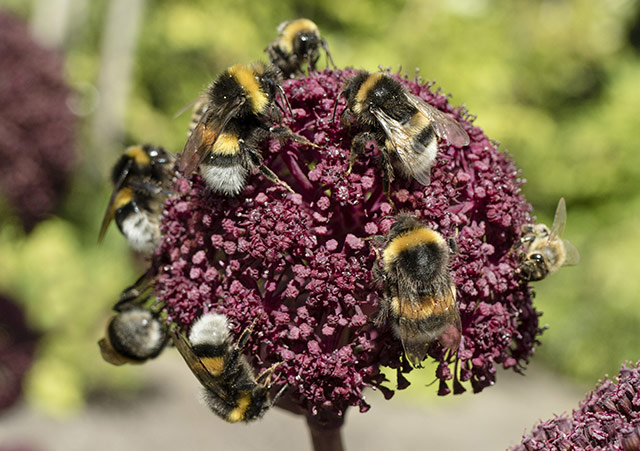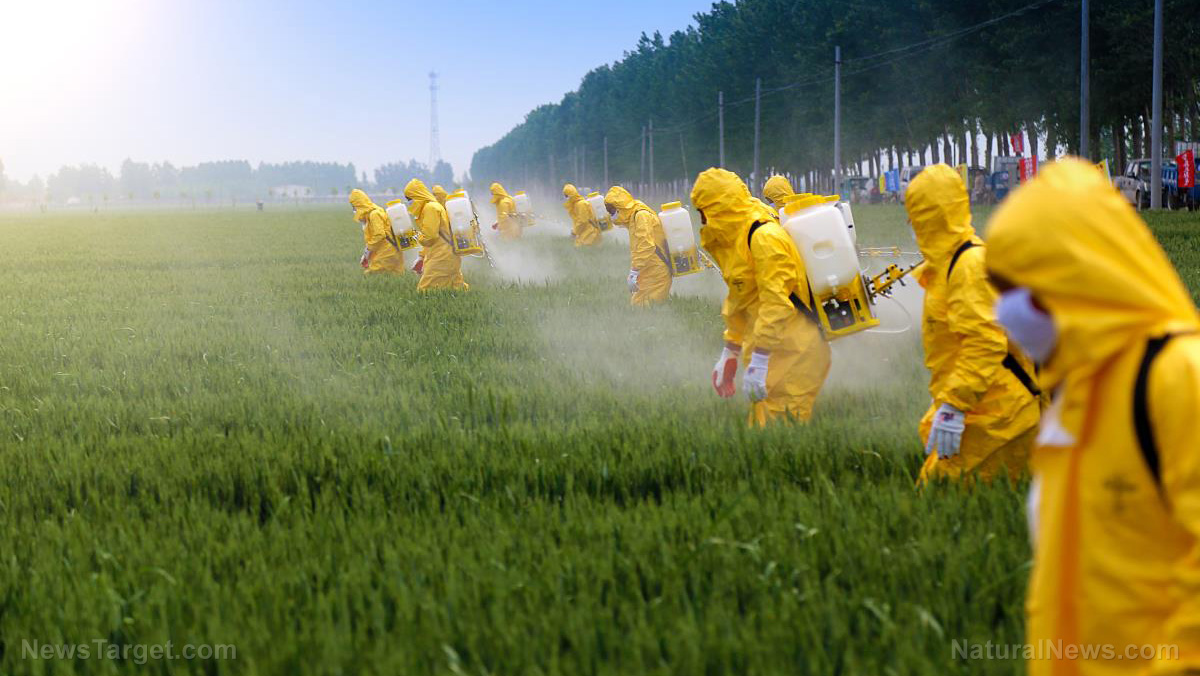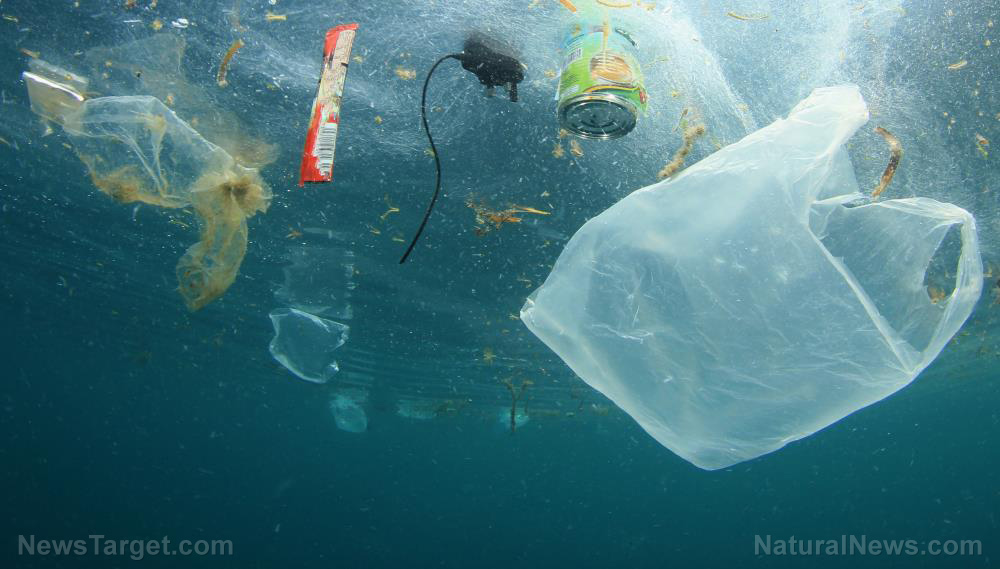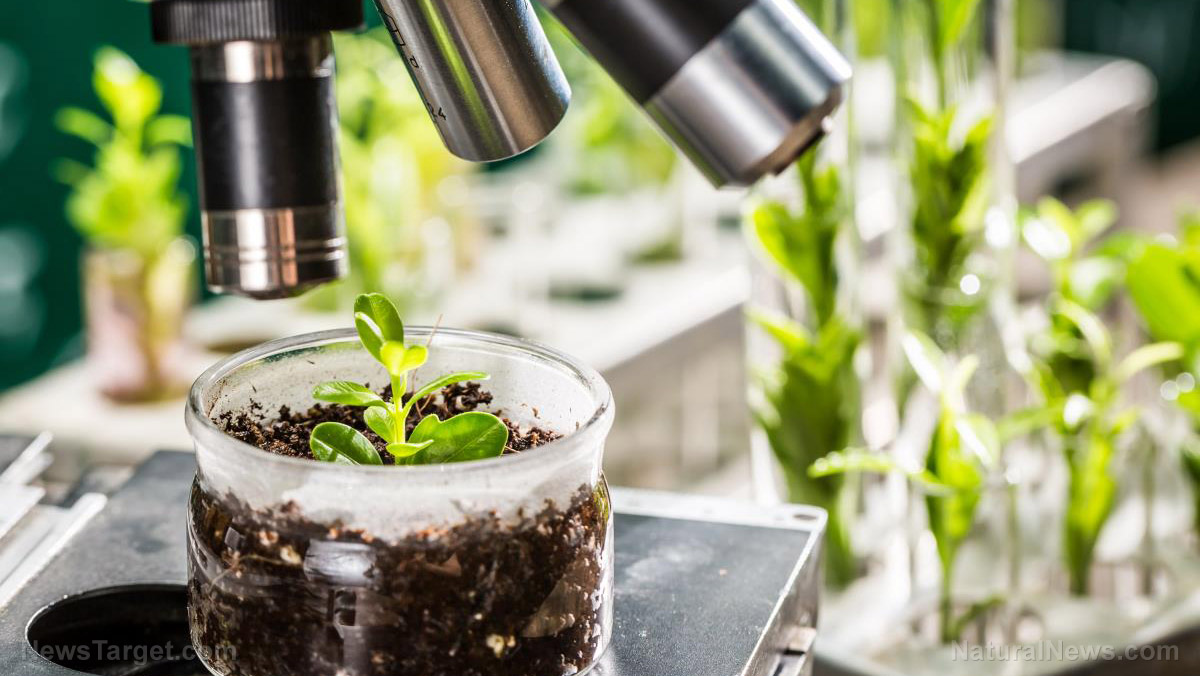Two pesticides approved for agricultural use in the US can harm bees, warn researchers
10/20/2020 / By Divina Ramirez
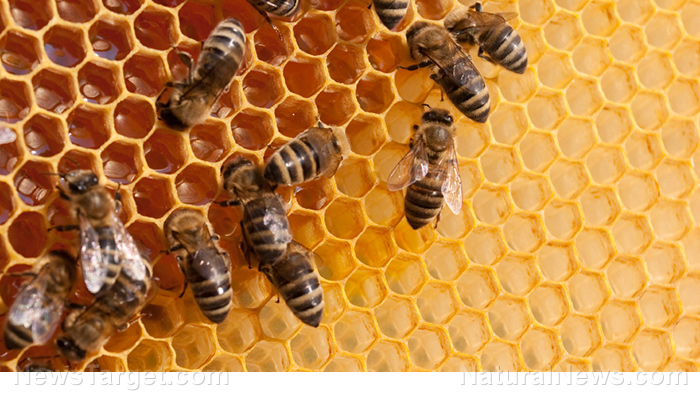
Two pesticides widely used by farmers in the U.S. are harmful for bees and other useful insects, according to a pair of researchers from the University of Texas at Austin.
Their findings revealed that the pesticides sulfoxaflor and flupyradifurone have harmful effects similar to those of neonicotinoids, a class of pesticides notorious for causing bee deaths. Moreover, the researchers found that exposure to both pesticides at levels similar to those found in the field has detrimental effects on insects.
Meanwhile, at low exposure levels, the pesticides cause significantly harmful effects on bees, reducing their reproductive ability and affecting their functions as foragers. Commenting on their findings, which appeared in the journal Proceedings of the Royal Society B, author Felicity Muth said that it is clear both pesticides endanger bee populations in the United States.
Not so bee-friendly alternatives to neonicotinoids
Pesticide use is a rampant practice in intensive agriculture. While useful for protecting crops from harmful insects, pesticides can be detrimental for beneficial insects as well, like bees.
The most notorious pesticides associated with bee deaths are neonicotinoids. In fact, their neurotoxic effects on bees are so well-known that the European Union (EU) banned the use of neonicotinoids in 2018. However, the U.S. has not followed suit. On the contrary, the Environmental Protection Agency (EPA) has ruled to allow at least five neonicotinoid pesticides to remain on the U.S. market.
Because of the issues surrounding neonicotinoids use, manufacturers sought to develop pesticides that are safe for beneficial insects like pollinators.
For instance, The Dow Chemical Corporation (TDCC), which created the first two EPA-approved pesticide products with sulfoxaflor, marketed their pesticides as “bee-friendly” alternatives to neonicotinoids. But in 2018, Harry Siviter and his colleagues from Royal Holloway, University of London found that, much like neonicotinoids, sulfoxaflor reduced the reproductive success of bumblebees.
In 2015, a federal court voided the EPA’s approval of TDCC’s pesticide products that contained sulfoxaflor, following a lawsuit from beekeepers and environmental groups. The court cited the “precariousness of bee populations” and TDCC’s “flawed and limited data” on sulfoxaflor’s effects as grounds for voiding the EPA’s approval.
Dangerous exemptions
Following the court ruling, the EPA re-approved sulfoxaflor in 2016, this time including a ban on using the pesticide on crops that attract bees, such as cotton and sorghum, until after their blooming period. However, these restrictions are non-existent for flupyradifurone, which has been shown to have the same lethal effects on bees. (Related: Scientists call for global ban on bee-killing pesticides.)
Furthermore, the EPA administrator still has the power to grant exceptions in cases of emergency. This means that the administrator can overrule the ban and permit the use of sulfoxaflor on crops that attract bees.
There are about 4,000 species of native bees in the United States, all of which are crucial to the environment, said Muth. Therefore, regulators need to first assess the potential effects of pesticides like sulfoxaflor and flupyradifurone on bees before approving them for agricultural use.
Echoing this sentiment, Siviter and his colleagues also wrote in their 2018 paper that without evidence-based legislation controlling the use of sulfoxaflor, the chemical’s impact on the environment could rival that of neonicotinoids. In addition to reviewing pertinent studies before approving pesticides, ecologists are also calling for the EPA to stop abusing its use of exemptions.
“The EPA is far too eager to find loopholes to approve harmful pesticides when it should be focusing on keeping people and wildlife safe from those pesticides,” said Nathan Donley, a senior scientist at the Center for Biological Diversity, in a statement.
Read more articles about sulfoxaflor, neonicotinoids and other harmful pesticides at Pesticides.news.
Sources include:
Tagged Under:

